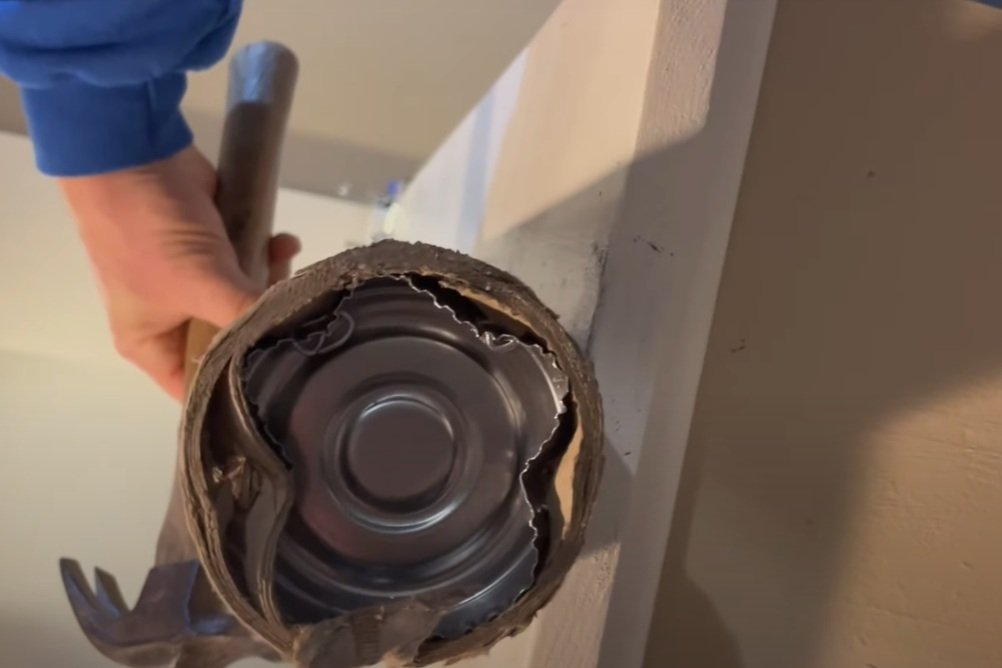What is a Clean (AKA Squat Clean or Full Clean)? | Olympic Weightlifting Technique
/What is a clean? How is it different from a power clean or hang clean? What is a squat clean? What is a full clean? Let’s dive in, and for a demonstration with explanation, watch the included (and short) video near the end of this article.
the lift starts with the bar on the floor (since “hang” is not present).
No “Hang”
We begin by looking at the words present or - in this case - not present in the name of the lift.
The word “hang” is not present, so the clean doesn’t start with the barbell hanging in the hands. Instead - by default - the lift starts with the bar sitting on the floor.
the lift is received in a full depth front squat (since “power” and “split” are not present).
No “Power” or “Split”
The words “power” and “split” are also absent, so the lift will not be received in the power position (i.e., a partial depth front squat), nor will it be received in the split position (i.e., with one foot in front of the torso and one foot behind the torso). As a result, and again by default, this means the lift will be received in a full depth front squat.
The fact that the clean is received in a full depth front squat is why the lift is also sometimes referred to as a full clean or a squat clean.
So . . . What IS a Clean?
Thus, a clean is a lift wherein the bar starts on the floor and is then accelerated upward, imparting enough momentum to the bar that the bar continues upward, whereupon it is then racked (AKA “caught” or “received”) in a full depth front squat position before it is then stood up.
As always, we hope this helps you get stronger and live better.
(Some links may be affiliate links. As an Amazon Associate, Testify earns from qualifying purchases.)


















